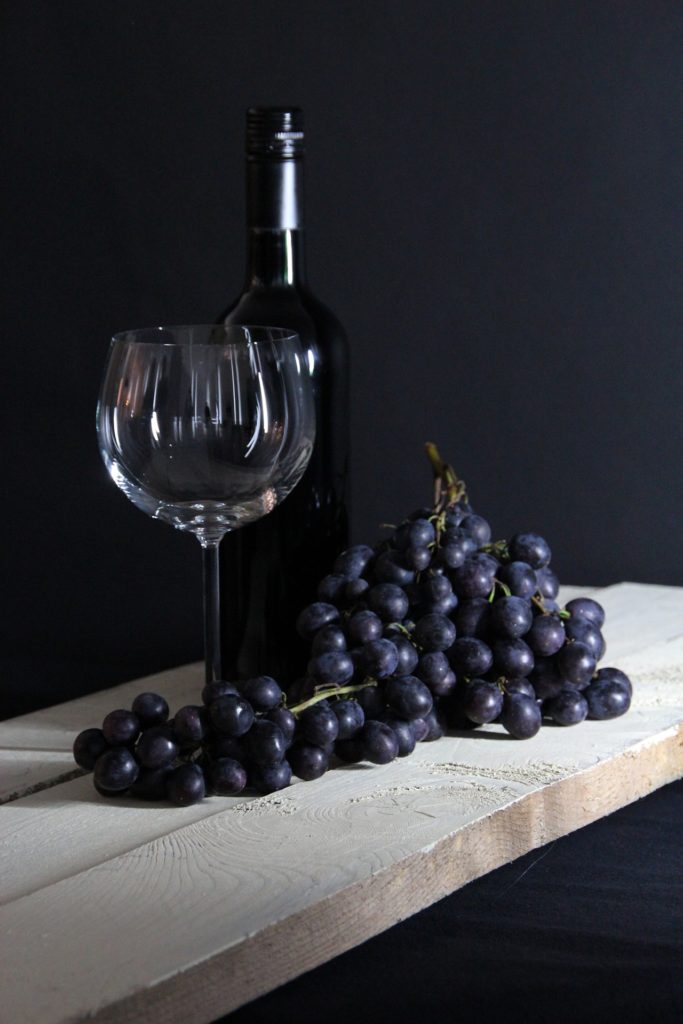When you’re new to wine tasting, it can sometimes feel like you’re entering a whole other world. Varietals, vintage years, viticulture. There are so many terms to learn, and that’s just a few starting with “V”! The list goes on and on and can often seem never-ending. Wine reviews also appear like they’re packed full of jargon and complex analysis. Even when you have the wine they’re reviewing already poured in front of you, it’s easy to get lost in it all. How do you manage to keep up?
Never fear, because we’re going to walk through wine tasting step-by-step. We’ll learn about understanding wine terms like those above.
Armed with this guide, you’ll be able to talk at length about what you love best (and least) of all the wines you taste.
Not only that, you’ll be able to read those wine reviews with ease.
Next time you have your favorite varietal (a wine created from one type of grape), you’ll know if it’s a vintage year (grapes mostly grown and harvested in a specific year) and the viticulture (the science of growing grapes for wine) that made it happen.
Putting Your Next Wine Tasting into Perspective
While you’ll see many reviews that have new terms and ways of looking at wine, you’ll want to keep things in perspective. Wine tasting is absolutely about a personal journey.
What this means is that every person has different perspectives and experiences. Although there’s plenty of overlap, it’s not about knowing it all. Instead, it’s about sharing the knowledge and growing in your understanding of wine.
At the same time, never be afraid to go out on a limb and try something new or look at things from a different angle. If you’re tasting something particular in a wine, speak up and let others know. You’ll find that being open minded like this leads to everyone having a better experience.
Determining a Wine’s Appearance
 Let’s starting at one of the easiest places when it comes to wine: how it looks. You probably know that there’s red and white wines, but appearance goes a bit further. Even though this aspect of tasting is often overlook, it remains an important one.
Let’s starting at one of the easiest places when it comes to wine: how it looks. You probably know that there’s red and white wines, but appearance goes a bit further. Even though this aspect of tasting is often overlook, it remains an important one.
After you’ve ensured that you have a crystal clear glass and proper light, pour your favorite wine and note a few things about it. For example, you’ll see wine reviews talk about the depth of the color. What is the opacity or clarity of the color?
While some tasters often won’t include color strictly in appearance, it’s perfectly fine to ask what the exact color of the wine is. You’ll also want to watch the wine’s legs, or in other terms, the way it clings to the glass when swirling it. It’s also possible to determine the wine’s age, as reds will steer more brown with years and whites will become darker in appearance.
Taking on a Wine’s Aroma
The first big term to learn when enjoying the aroma of your wine is “on the nose.” Put simply, it’s how the wine affects your sense of smell alone, separate from the tongue. Another important term is bouquet. Both of these are meant to capture the entire experience of the aroma.
Before you sip, enjoy how the wine’s aroma interacts with your senses. If necessary, let the wine breathe, which is the process of leaving the wine exposed to the open air. Many additional terms are meant to describe the complexity of the aroma. For example, a dense aroma is one that possess concentrated smells, while a subtle aroma might be more muted.
Going Beyond Mere Taste
As we move on to actually tasting your wine, there are a few more essential terms to know. While you’ll hear intuitive flavor words like cherry, currant, or tobacco, there’s more than just flavor to note when the wine is in your mouth.
Probably the three biggest are the body, the mouthfeel, and whether or not a wine is long in the finish.
We’ll start with the body. For every wine, there is an impression of how full the wine is. You can think of this one exactly like you do weight, ranging from heavy, full-bodied wines to less full, lighter bodied wines.
On mouthfeel, you’ll find that it’s all about how the texture of the wine manifests on your palette. Is it soft or fat? Or perhaps it’s chewy or meaty?
Often, these sensation are influenced by either the acidity of the wine or the wine’s tannins, which are a puckering agent that comes mostly from the skin and seeds.
Finally, the length of a wine’s finish is an important way of measuring its quality. Terms like short, medium, or long are often used, but the main point is that the final finishing tastes linger in a healthy, delicious way.
For your wine tasting experience, this guide is just the start. But now, you’ll be able to understand those wine reviews that you love to read. Best of all, you’ll also have a more enhanced experience when you enjoy that next bottle of red or white.




